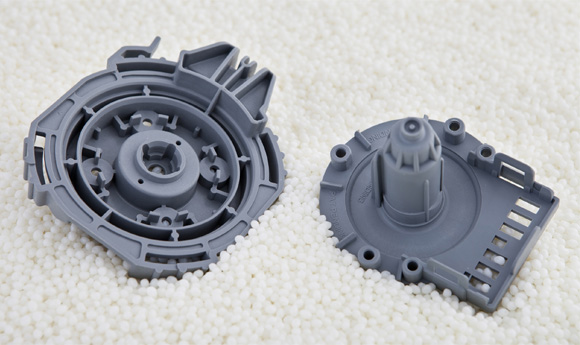When outsourcing production overseas, U.S. companies will often rely on a foreign vendor to fabricate custom dies and molds to use as part of the manufacturing process. Typically, the vendor will invoice the U.S. buyer separately for the work. Sometimes it’s provided to the buyer at a reduced rate or free of charge. Although this type of billing arrangement may seem beneficial on the surface, especially in terms of convenience, many U.S. importers would be surprised to learn that it’s leading them to undervalue their incoming goods and exposing their company to steep penalties from U.S. Customs & Border Protection.

Did You Know? By law, duties must be paid on imported goods. They must also be paid on any “assist” that aided in the production of the merchandise [1].
An “assist” is an article or design that meets all of the following criteria.
- It’s provided by the buyer directly (purchased and shipped to the foreign manufacturer) or indirectly (built to order by the foreign manufacturer).
- It’s supplied free of charge or at a reduced cost.
- It’s used in the production of merchandise for export to the United States.
Types of Assists
Assists can take on many different forms, such as
- tools, dies, molds, and similar items used in producing the imported merchandise
- materials, components, parts, and similar items incorporated in the imported merchandise
- merchandise consumed in producing the imported merchandise
- engineering, development, artwork, design work, plans, and sketches undertaken outside the U.S. and necessary for the production of the imported merchandise
U.S. Customs & Border Protection requires the value of an assist (plus any costs to transport it to the place of production) to be reported as part of the merchandise’s import value [2]. This can be done by
- reporting the value as a lump sum on the first shipment
- reporting the value over the number of units produced up to the time of the first shipment
- prorating the value to the unit cost of the merchandise based on anticipated production [3]
In addition, should the tools, dies, molds, or similar assists undergo subsequent refurbishment, modification, or other improvements, the importer must use one of the apportioning methods above to declare these additional costs as part of the transaction value.
Penalties: A Sobering Reality
Failing to declare the value of an assist is a serious matter in the eyes of U.S. Customs and Border Protection. It’s also easy for the agency to spot, given the sophistication of their monitoring tools. Shipments from any American industry that commonly makes use of molds or dies, such as manufacturers that import plastic products and components, would be watched closely by Customs for indications of an undeclared assist. If Customs expects a violation, they may send the importer a Request for Information (CF28) or worse, a notice for an impending audit. Depending on the veracity of the violation, an importer could face penalties from two to four times the amount of duties, taxes, and fees previously lost by the agency or 20-40 percent of the merchandise’s dutiable value if there was no monetary loss to the agency [4].
Recordkeeping
When declaring assists, the importer must retain all related records (such as invoices, entry documentation, etc.), as long as the assist is in use, to serve as proof of valuation and proper declaration. Failure to produce records for Customs upon request can result in recordkeeping penalties, which could be up to $100,000 for the most egregious of violations [5].
Stay compliant and avoid unnecessary fines!
For assistance with how to properly value your imported goods, contact Mohawk Global Trade Advisors.
Footnotes
[1] Per 19 C.F.R. § 152.103(b)(1)(iii) (2016).
[2] Per 19 C.F.R. § 152.103(d)-(e)(1) (2016).
[3] If the entire anticipated production is not destined for the U.S., the value needs to be apportioned consistent with Generally Accepted Accounting Principles (GAAP). The value declared in the U.S. should be determined based on the anticipated production destined for the U.S.
[4] Per 19 C.F.R. § 162.73(a) (2016).
[5] Per 19 C.F.R. § 163.6(b)(i)-(ii) (2016).
By Cindi Kavanaugh.
©2016 Mohawk Global Trade Advisors

